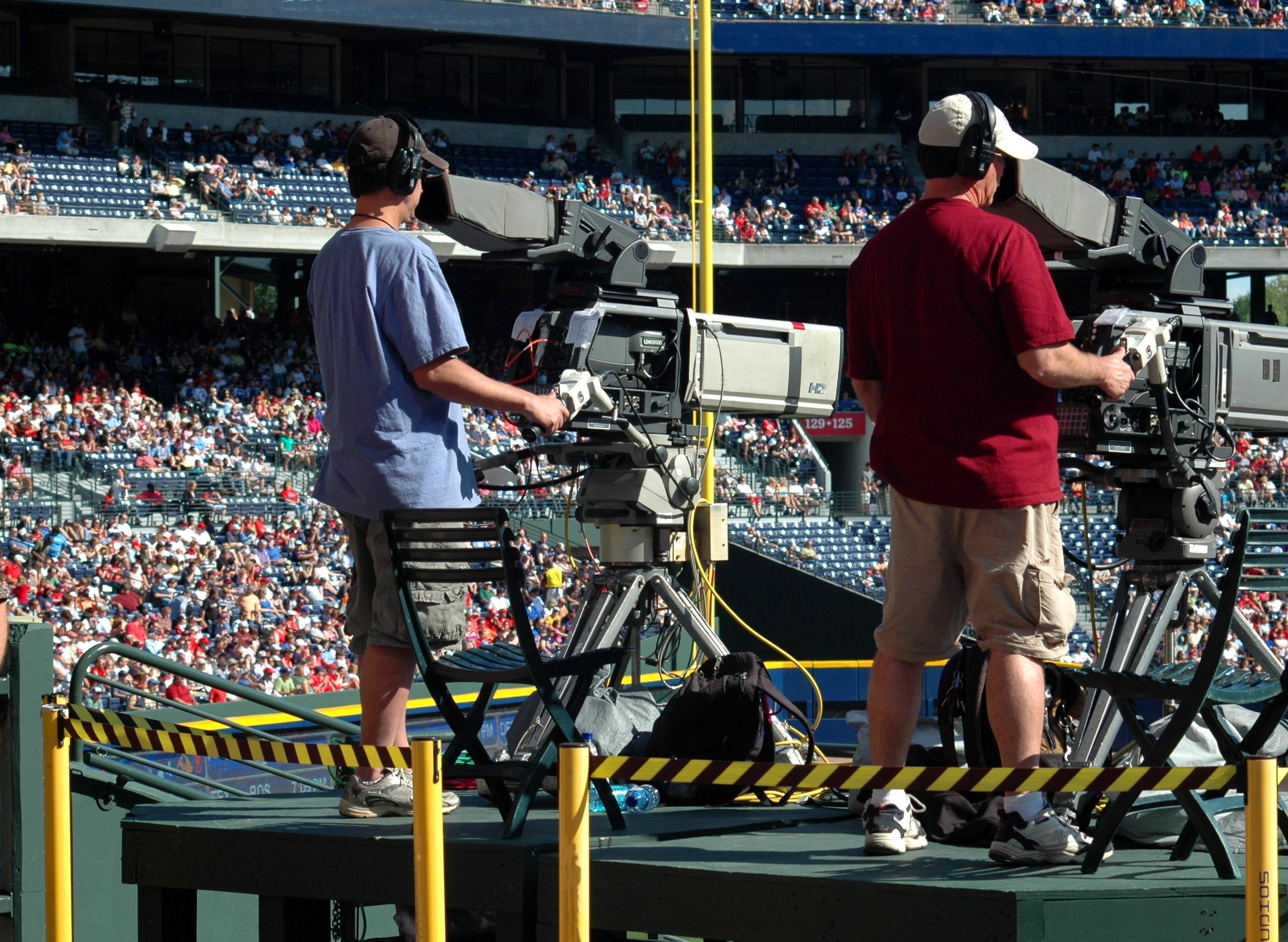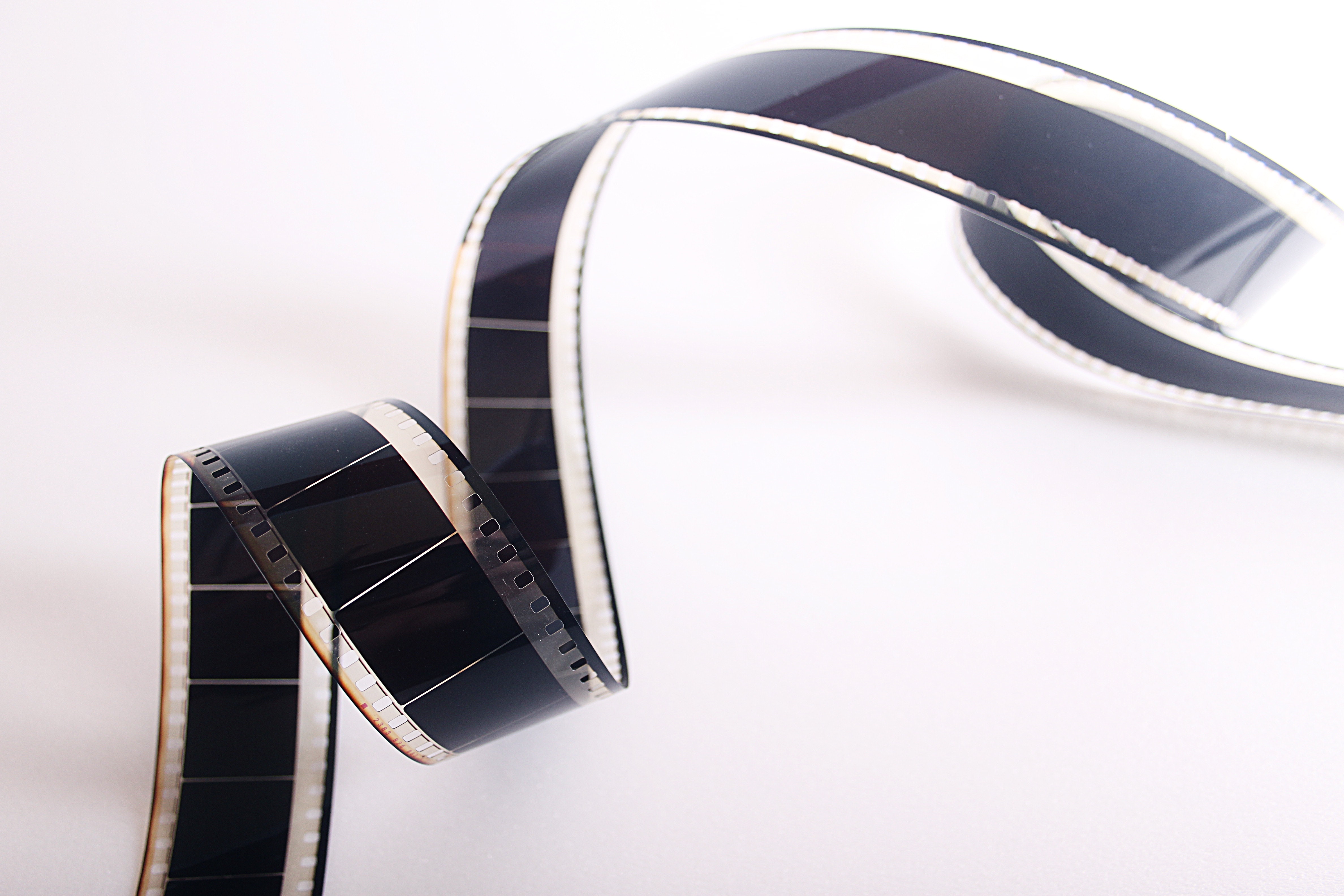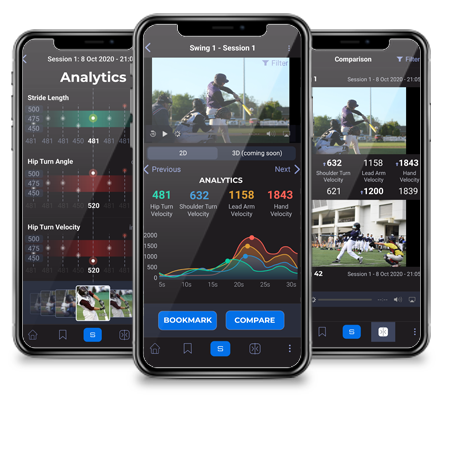Overview
Taking video for analytics in sports can be looked at in a couple of ways.
The first would be the literal, simplistic approach, which we’ve previously discussed in a whimsical way. Having a steady camera on a newer device with nothing blocking the subject are all really valuable and important pieces of advice! But analytics in sports are gleamed in so many settings that teams, players, leagues, organizations and schools need to be prepared to optimally utilize all of them.
Why video?

If you’re an individual athlete, you want to gain an edge not just on your opposition, but in some cases your teammates who may be ahead of you or chasing you on the team’s depth chart. Using analytics based on video to track your individual workouts could provide the edge you need to move up the ranks. You’re going to want a camera – and to use that camera – that captures specific movements and measurements to adapt your workout in a productive and meaningful way.
Baseball teams have used video technology like TrackMan, Statcast and Rapsodo to collect data to provide so much analytic data that these tools have literally changed the way everyone sees and evaluates players. Same with the NBA with its SportVu cameras and analytic companies like Second Spectrum who parse this data. But knowing and determining when to start and stop filming and what clips are actually useful can be the difference between winning championships and a colossal waste of money on extremely expensive technology.
Ahead of this summer’s European championships and next year’s World Cup, top national soccer teams of Belgium, Portugal and the Netherlands have relied on a company called Provispo. They provide all sorts of cameras that can track and livestream training sessions and matches from on top of the pitch and the sidelines to every conceivable angle near the goal. Hudl claims to provide video analytics to more than 180,000 teams from all levels around the world, with the aim of using this video to improve performance. But unless you have the staff and the tools to not only operate this equipment but also evaluate it, it’s useless.
Pros, Cons, Can, and Cannot
The problems

These solutions are excellent. Whether it’s sensor tracking accompanied by video or high speed video, you can discern how athletes are moving in video. However, there are four main issues:
- Accuracy
- Limited use cases
- Cost
- Time
There are a number of solutions out there within reach of professional and highly competitive amatuer athletes. These solutions have standard degrees of accuracy. But, without calibration and focused attention from a professional biomechanist or scientist, some of these solutions become useless. The stated accuracy from an unattended solution isn’t necessarily helpful. So likely you taking the video without training or specialized staff won’t yield positive results.
And, that accuracy can some at a cost of limited use cases. Sure, markered biomechanical motion capture information with 12 cameras in a lab setting can be highly accurate when properly staffed, calibrated, and attended to, but it can only be used in closed-session evaluations inside of a lab. Sensor technology is limited to practices, for the most part. Camera arrays are limited to the venues which have installed them. Even if you get these solutions to work, they will only work in a few scenarios – either on the field or at practice.

Those solutions are expensive. We’re talking thousands of dollars upfront and then thousands more along the way for services. Want something that isn’t expensive? You are likely on your own, drawing your own conclusions from the video, drawing your own annotations on the video, making your own recommendations from the video. If you nail everything, you are still going to pay a lot.
Who has the time for either (1) finding the professional setting to manage an entire operational video staff with the right academic and scientific partners or (2) reviewing the video themselves, perhaps without the insight into what you should be looking for? Typical video analysis time is 3 to 1 – meaning, for every hour of video you take, you spend three hours analyzing it. So you will keep paying with time.
How SportsTrace can help
SportsTrace tackles all of these issues to provide a scalable, accurate, affordable system that can be used anywhere.

- Accurate – SportsTrace is within standards for markered biomechanical motion capture. We are as good or better than some special cameras
- Used anywhere – All you need is video from a cell phone camera. You aren’t limited to just practice, or just games, or just when the devices are available. Everyone has their cell phone on them at all times. AND, you don’t even need to upload live…record and upload later.
- Affordable – For the price of a streaming subscription, you can have access to 3D analysis of the way you move in your sport with information about how YOU can improve in a highly targeted manner.
- Simple and Easy – Upload your video to SportsTrace, we do the rest. Since we do the analysis and recognition, there’s no time spent beyond reviewing our results.
Teams need the knowledge and tools to turn the treasure trove of information into useful and actionable instructions for their players and coaches. Just a tweak in a player’s workout or pitching mechanics or a change in a team’s strategy and tactics could make all the time staring at countless hours of video worthwhile. It’s all about not only taking and recording the video, but taking the video and using the analytics to make a major, tangible, often immediate difference in your organization’s performance. So, try SportsTrace now:
